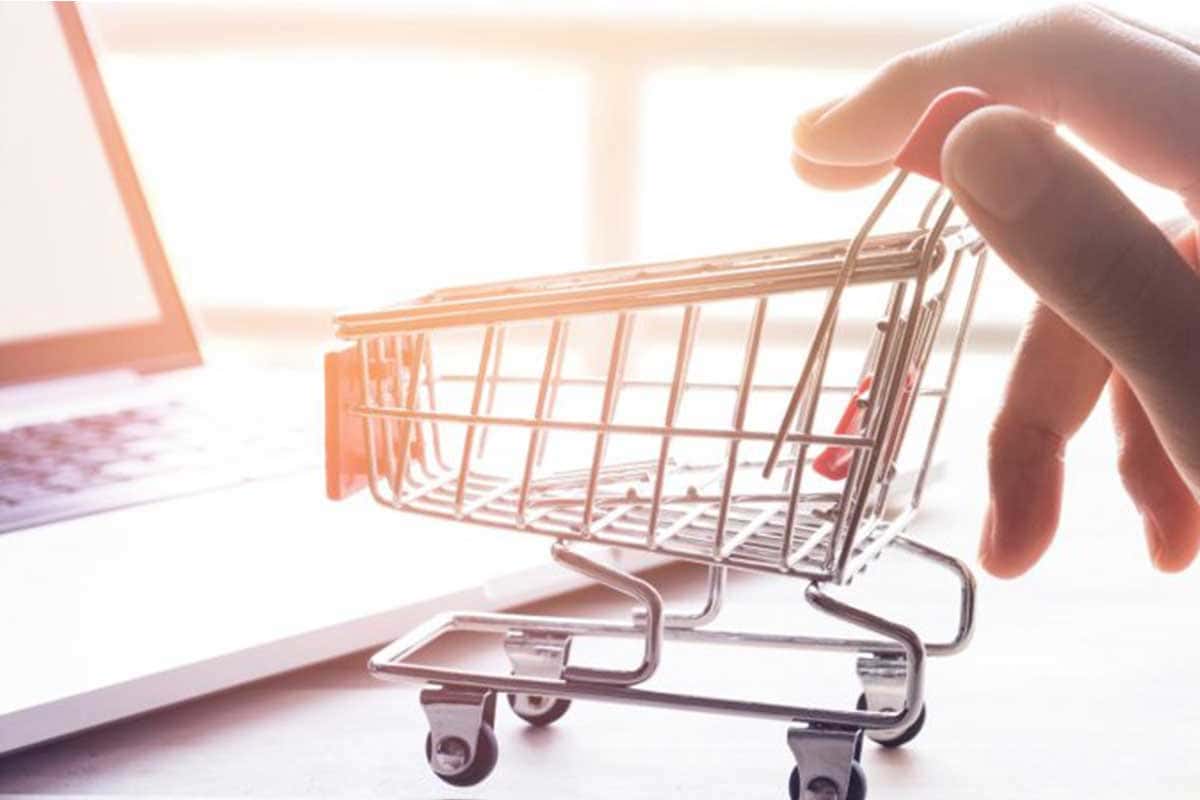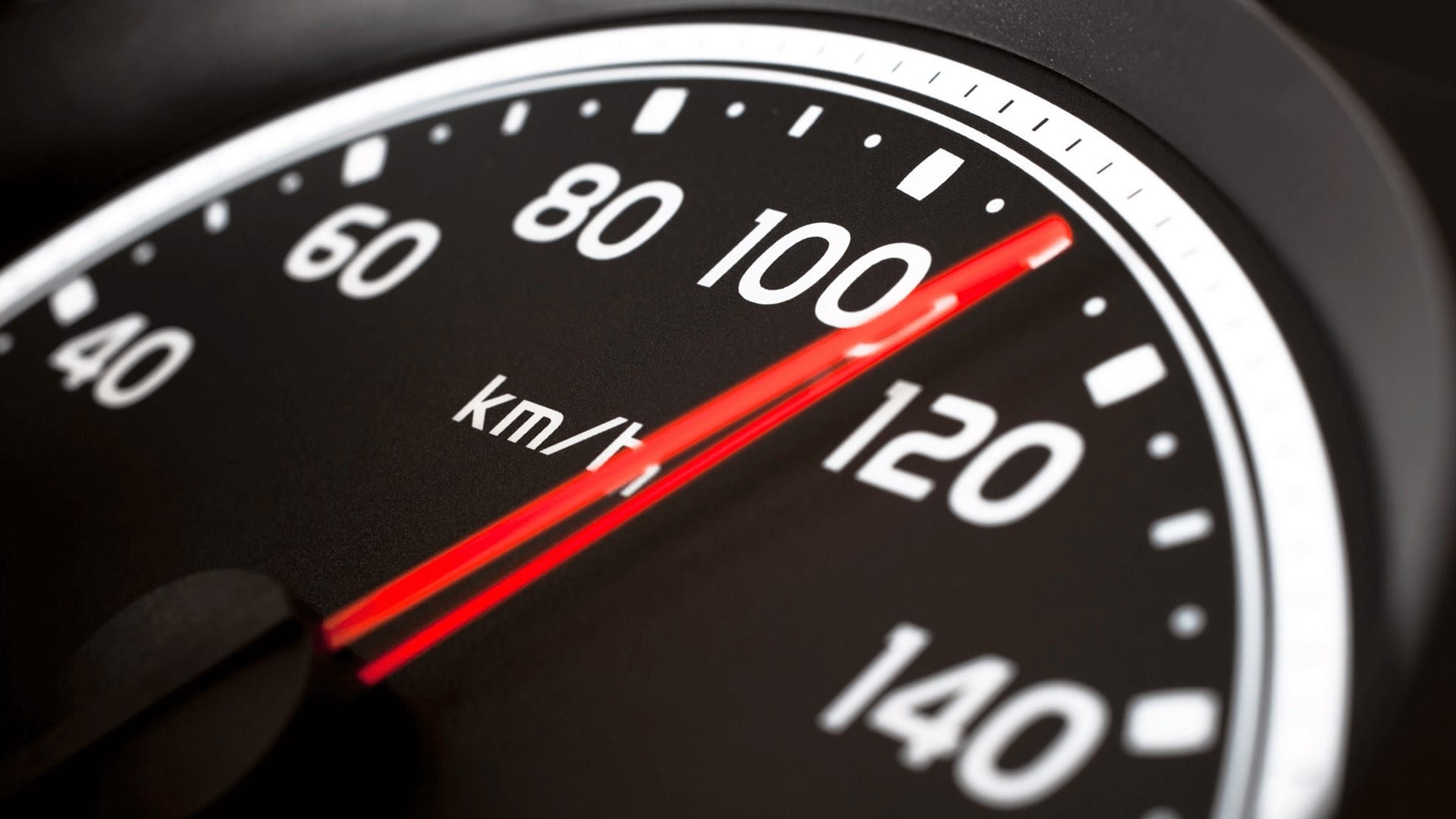When you’re promoting, informing, and distributing information on your upcoming webinar, your email content is going to be one of the key components you need to be thinking about. However, if you don’t have a professional and comprehensive workflow in place to easily manage your emails and determine what messages are going where and when, things can get very complicated very quickly.
With this in mind, today we’re going to explore the five key tips to remember when it comes to creating a dynamic and successful workflow and help ensure your webinars go off without a hitch.
How to set up email workflows for your webinars?
1. Build an email map
First things first; you need to map out your emails. This includes information on what you’re going to send and when. For example, you can use the standard three time frames in which to send emails. These are 1-7 days, 7-14 days, and then at the three-week mark.
“In most cases, promoting your webinar across three emails should be more than enough, especially since people won’t tend to book a webinar if it’s further out than this. Map out what days you’re going to send your emails and what information are included” explains Tessa Harper, a tech writer at Ukwritings and Bestaustralianwriters.
This will be the foundation of your email workflow.
2. Create the emails
In every email, you’ll want to make it very clear what message you’re trying to send, and you’ll need to include concise information, such as the title and the presenter of the webinar, as well as what time it’s on.
You can optionally add a speaker bio to help excite your potential audience members.
Ideally, you’ll want to keep your email copy short and concise, but if you do require a long copy, then make sure you’re breaking up the paragraphs with optimised images that will hold everyone’s attention. If you’re using email software, then make sure you’re taking advantage of the personalisation options you have available to you.
3. Define your sender’s list
While you may have been growing your email list for some time, it’s important to make sure you’re only sending your promotional content to those people who will be interested in it. If not, you could be incredibly annoying to some people, and you may even lose people from your list.
“As a simple way to break down your contacts list, look for people who have interacted with you or your website in the last six months, and have been interacting with the content that is similar to that of your webinar. The more concise and targeted you can be, the more successful your promotional period will be,” shares Nick Berry, a business writer at Eliteassignmenthelp and Uktopwriters.
4. Create your lead nurturing workflow
Of course, perhaps the most important aspect of your webinar, or at least the purpose of your webinar, is to nurture leads, so it should go without saying that if you’re not prepared for when your leads come in after your webinar, you would lose them completely.
This is why it’s important to create your lead nurturing workflow. Just like your promotional workflow, you need to think about when you’re going to contact your qualified leads and how you’re going to guide them onto the next stage of your sales funnel.
You’ll also need to plan when you’re going to send your emails to people both pre and post-webinar. As a rule of thumb, you’ll want to send out an email directly as people sign up to confirm their place on your event and then provide them with all the details on how to attend and what they need to do.
Here’s how an email confirmation might look like:
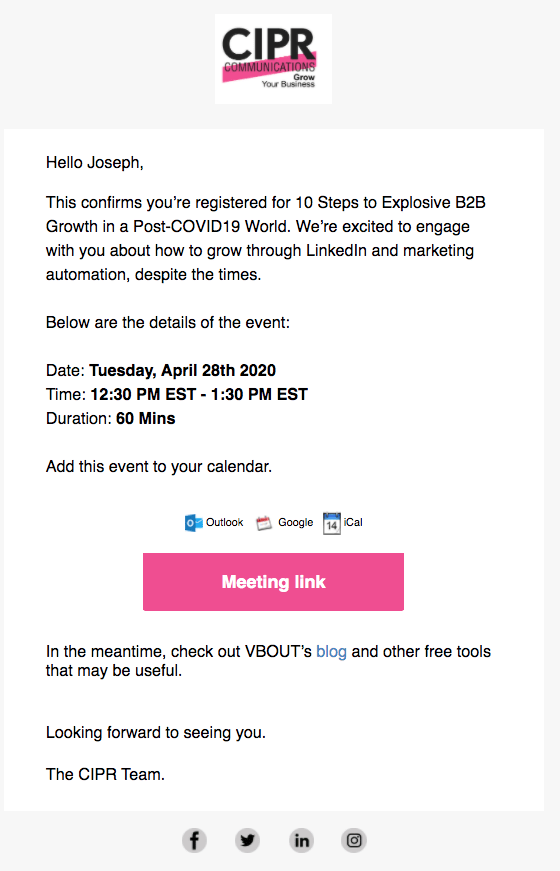
After this, you don’t want to bombard your attendees with emails, so instead, send a reminder around two days before your event containing content that will get them excited about attending, and then the final email on the day itself to really hype your attendees up.

Don’t forget a follow-up email
Building on the previous point, as part of your workflow don’t forget you’re going to want to send an email or two after the event has taken place. Usually, you can split people into 2 groups:
- Attendees who registered and attended the event
- Registrants who didn’t actually attend the event
Add these to your workflow for the best results in making sure your webinar wasn’t for nothing, and you’re able to harvest active and successful leads that contribute to your business.
Usually, you will send your follow-up emails anywhere under a week after the event has taken place, although you’re probably going to want to aim for a day or two afterwards. This way, the event is still fresh in their mind, and they’re hopefully still excited about everything that happened, and they’ll be more likely to reply.
Generally, here’s how the follow-up or post-webinar email might look like:
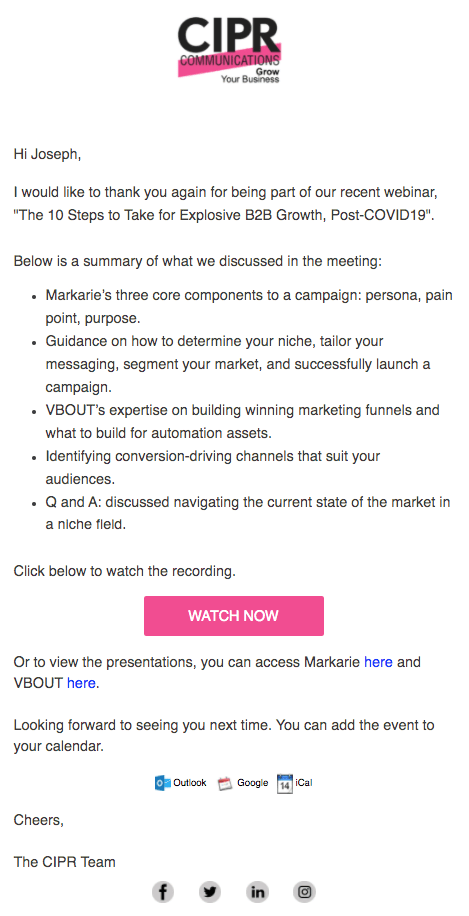
Here’s how a webinar workflow might look like:
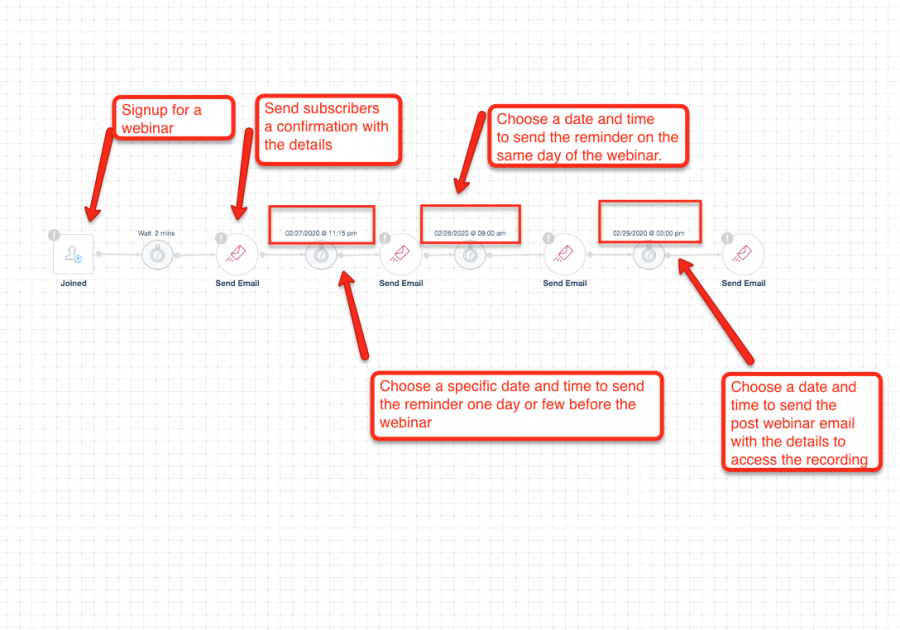
5. Monitor your email analytics
No matter what stage of the email process you’re at, it’s always important to monitor your analytics. This includes several factors which will guide you in your understanding of whether your emails are having the desired effect.
Some of the important analytics you’ll want to be thinking about include things like;
- What rate your emails have been opened?
- How many people have clicked on your emails?
- How many emails bounced?
- How many spam reports have your emails generated?
- Which email providers are the most popular within the people on your sending list?
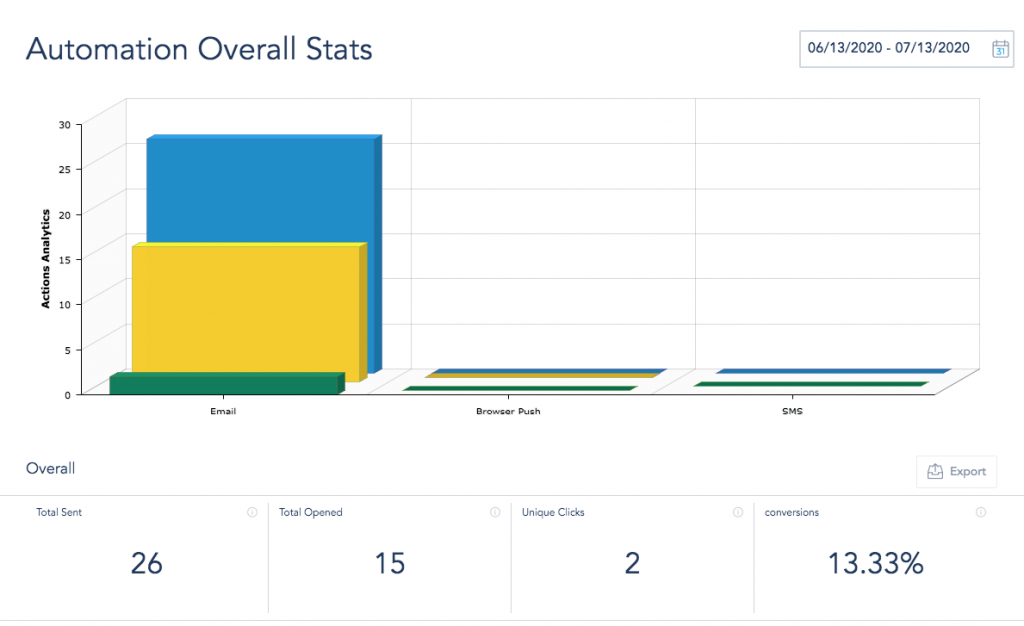
These analytics are so important because they’ll help you see whether your emails are having an effect. For example, you may have a 98% open rate for your registration confirmation email, but only a 10% for your follow-up email, so you’ll want to think about how you can make your follow-up emails more attractive, perhaps by tweaking the subject line, or giving your attendees an incentive within your webinar.
Conclusion
As you can see, there’s a lot to think about when it comes to creating successful email workflows for your upcoming webinars. Remember, be as targeted and as concise as possible at each stage of your workflow and remember that emails aren’t just for the build-up to your event but are also vital for following up.
About the author
Molly Crockett is a successful email marketing writer for Bigassignments.com and Oxessays.com, where she helps businesses take advantage of the opportunities of the modern world. She also writes for Revieweal.com.
Don’t forget to share this article
